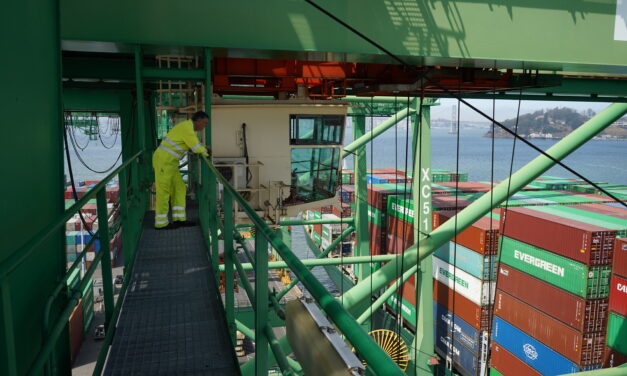Longview port hires contractor to bring down Berth 4 silo
Port leaders Wednesday approved a contract with a Vancouver-based construction company to do what officials have wanted to do for a while: demolish an old grain silo and open up a coveted spot right on the Columbia River.
As the port continues to see steady economic growth, officials have for years wanted to take down the old grain silo so the spot near marine terminals on the Columbia River can attract new businesses. They included it in their $56 million 2023 budget approved last fall.
More at The Daily News




























